The 70-year-old man nearly died from growing flowers in the living room! Do not raise these green plants indoors, they are poisonous!
Some time ago, Xu, a nearly 70-year-old man in Zhejiang, was in critical condition because he wiped the wound with a common indoor plant, "dripping Guanyin" (scratching the itchy spot with his hands because his feet were itchy). This kind of tragedy is not an isolated case!
As early as 2012, there was a report that "thought it was an alternative taro that wanted to taste it. A 13-year-old boy was poisoned by Guanyin for eight hours with a bite of water." when a little boy in Linping, Hangzhou, saw the green and watery branches of Guanyin's roots trimmed by his father, he was very curious and ate it.
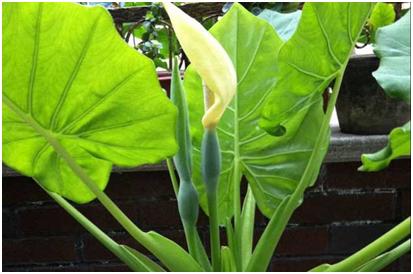
A few minutes later, the boy felt a sore throat, numb tongue, nausea and a stomachache. When he was sent to the hospital, he looked pale, kept retching and drooling, and his throat was so swollen that it could cause fatal airway obstruction if he were too late. After 8 hours of rescue, treatment and monitoring, the boy's symptoms of poisoning gradually disappeared and were out of danger.
Raising green plants can add a little bit of green to the interior, but they may raise poisonous plants accidentally. The following editor teaches you a wise eye, some are forbidden to grow indoors, some can be planted but out of the reach of children, and some can be planted but can not touch their juices.
Oleander
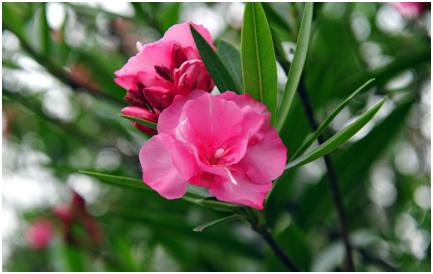
Oleander is very beautiful, the whole plant has strong poison: its juice on the skin will produce paralysis, after eating by mistake, there is a fatal danger, absorb fragrance for a long time, can cause lethargy, slow response. Because of its strong ability to absorb harmful gases, it is mostly planted in places with a lot of smoke. As long as there is no "close contact" with it, it will not have an adverse effect on the human body.
Yu Meiren

The whole plant of Yu Mei is poisonous, shaped like a poppy, but not. Seeds are the most toxic, accidental ingestion will cause central nervous system poisoning, as long as you do not eat, there will be no problem. When you plant this kind of flower at home, you must put it out of the reach of children to prevent accidental eating.
Datura
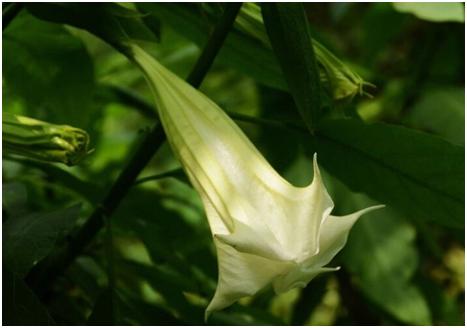
The whole plant of Datura stramonium is poisonous, and the seeds and tender leaves are the most toxic. After accidental ingestion, it will cause dry mouth, fever, dizziness, headache, hallucinations, and may seriously cause cyanosis and coma. Mandala pollen has hallucinogenic effect, after blooming, it is easy to cause allergies, chest discomfort, dyspnea. It is not suitable for breeding indoors.
Evergreen, tortoise back bamboo and green pineapple
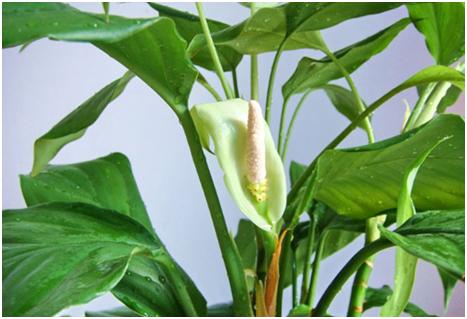
Evergreen, tortoise-backed bamboo and green pineapple are plants of the family Araceae, most of which are poisonous. Even if there is planting in the home and office, you should try to avoid touching its juice, as long as you do not touch it directly with your hands, it will not cause poisoning. In addition, many people now hydroponically cultured green pineapple, if they touch the water of breeding, as long as they do not eat it, there is generally no harm.
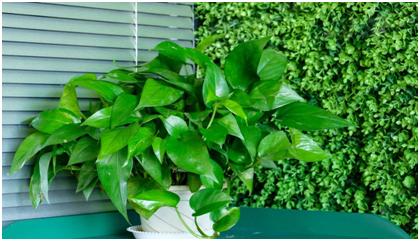
Aloe
We all know the beauty effect of aloe, and many citizens will directly apply aloe fresh leaves on their faces, but few people know that some aloe are poisonous and may cause toxic reactions or even life-threatening after accidental eating. and this toxin can only be disposed of through professional equipment, so do not use aloe at home. Anthurium andraeanum
Anthurium andraeanum whole plant is toxic, accidental eating will cause hoarseness and swelling of the throat, juice touching the skin needs to be washed as soon as possible, otherwise it may cause redness and swelling. Anthurium can be placed in the living room, but children and pets should not be allowed to approach, so as to avoid accidental eating. Pregnant women are not suitable for indoor breeding. White palm flowers and juices are also slightly toxic, similar to Anthurium andraeanum. Cactus
We all know that cactus is a necessary plant choice for lazy people, which can generally be fed, and it also has a good resistance to radiation. Unexpectedly, its thorns contain poison, and it is easy to cause skin redness, swelling, pain, itching and other allergic phenomena after you are accidentally stabbed, so you must be careful!
The picture comes from the network, and the copyright belongs to the original author. If there is any infringement, we will delete it.
If you need to reprint this article, please contact the background editor for authorization, and the source of the reprint must be indicated.
- Prev
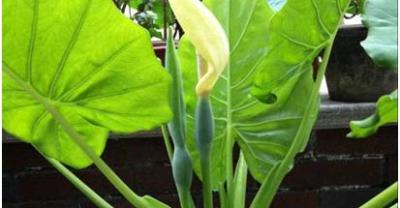
You absolutely don't know the five cutting tips that these veteran flower growers know.
Green pineapple is generally propagated by cuttings, and the method of cutting is very simple, but for beginners who grow flowers for the first time, they still need to be mastered and understood. 1 、...
- Next
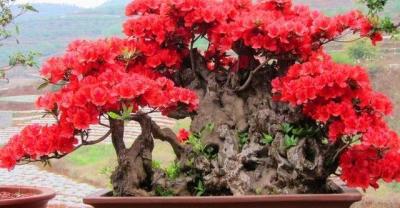
Flower cultivation and pruning tips, longevity flower crab claw orchid, just a cut, blossom year after year
Winter is the flowering period of longevity flowers, crab claw orchids and other flowers, these are basically short-day flowers, because the sunshine time is short in winter, so it promotes the flowering, giving silence.
Related
- What if the leaves of potted flowers turn yellow?
- Florescence Control of several Flowers
- Anti-freezing technology and post-freezing nursing technology of flowers
- What is the classification of flowers? What are the common methods of flower classification?
- Prevention and control of alkali and acid damage of flowers in courtyard
- Technology of Anti-freezing and restoring growth of Flower seedlings in greenhouse and greenhouse
- How does flower fertilization not hurt the root? Fertilization technology of flowers
- Key points of disinfection in flower greenhouse
- Several pesticides that are banned or used cautiously in flowers
- How to fertilize the flowers that watch the leaves?

